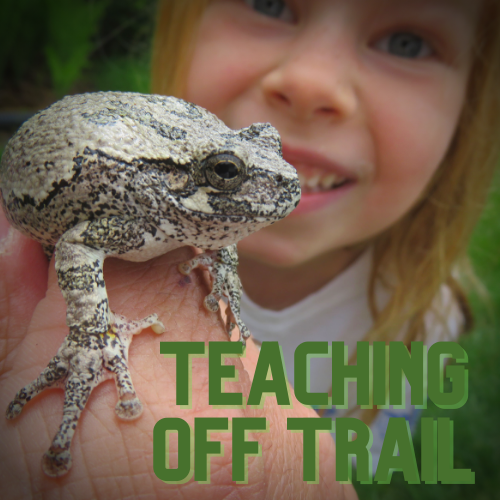Day 224
Looking for thistles forces you to look over your entire land. While it does grow in patches, those patches only develop after the plants have a little bit of time to establish. If you can find and eradicate those thistles early in the process, you can avoid the patch development. However, if you miss on that time frame, you can monitor and treat the thistles as they begin to mature and for seed heads. This will kill them and leave them little energy to restart the process over again, ultimately killing that plant off.
As I routinely check for thistles, sprayer in hand and ready to engage, I also keep an eye on other plants. Early in the process, I started seeing native plants that were already present expand into new areas. Some of these plants were swamp milkweed, common milkweed, and sedge grasses.
However, as the restoration process intensified, not only did these plants expand, new phones started showing up. Finding them is always an exciting opportunity to use our plant identification apps on our phones and see our land come to life in a more diversified way. Some of these plants are blue vervain, boneset, monkeyflower, and various wonderfully scented mint species.
However, restoration also wakes up other plants that aren't as wanted. Any land disturbances attract weeds which need to be managed and treated if you want natives to eventually establish. Because those natives establish deep and complex root systems, once they establish, it is hard for weeds to find places to thrive. But this process takes time. Our land’s natives are starting to get established, but many unwanted plants are popping up including the aforementioned thistles, ragweed, pigweed, and Queen Anne’s Lace. LIke thistles, these plants can be treated by either spraying or removing mature seed heads. Others will not be able to survive once more time is provided for the natives to develop their roots.
I am learning more and more about these wetland plants and am enamored with walking on our trail in search of something new to find. I am more informed about prairie plants. Luckily for me, I’ll be able to identify more of those plants soon.
